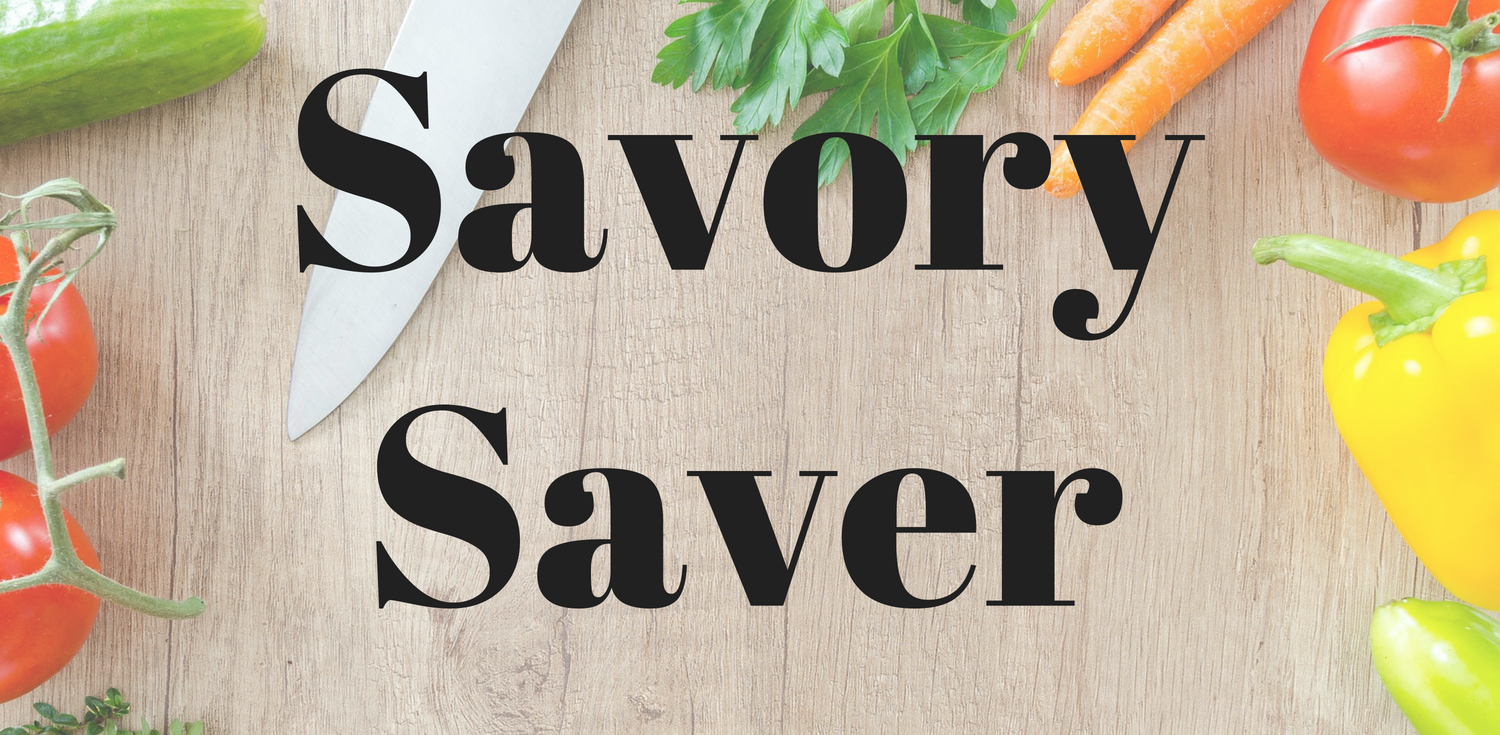
We all cook it. Pasta. It’s an easy go to food that most people find comforting. What about gluten free pasta? Can it still be comforting? When cooked properly, of course it can! Learn how to cook gluten free pasta like a pro with these easy tips and tricks!
Gluten Free Pasta is different than traditional pasta. It has different ingredients. It also cooks differently even though some cooking tips for both are similar.
Here’s what you need to know.
How to Cook Gluten Free Pasta

1. Choose a Pasta
The number of gluten free pastas on the market now is overwhelming. Rice, Corn, Edamame, Chickpeas, Quinoa, or a blend of multiple grains are just a few available options. Each of these pastas cook differently and have different tastes and textures.
Be open to your choices, buy a gluten free pasta and try it. Don’t get frustrated. If you don’t like it, find another one and try again. Testing and trying a few brands of pasta before finding a favorite is normal and part of the process.
2. Use a Large Pot
Gluten free pastas contain more starches in them for binding and structure than traditional pasta. The starches release into the boiling water and can cause the pot to boil over. Using a large pot helps keep boil overs to a minimum.
3. Use Plenty of Water
Use lots of water for the pasta. It needs room to move around and cook properly. This also prevents the pasta from sticking together.
4. Start the Pasta in Rapidly Boiling Water
Like traditional pastas, gluten free pastas cook best in water that is at a rolling boil. Place a pot of water on the stove top over high heat until it boils. A covered pot will allow the water to boil faster. Once the water is rapidly boiling, add the pasta.

5. Salt the Pasta Water
Gluten Free pasta is flavorless and bland without seasoning. Salt the pasta water heavily (a Tablespoon or two) once it boils before adding the pasta to the pot.
6. Skip Adding Oil to the Water…..or Don’t
A chef will tell you to not add oil to the water. It clings to the pasta, making it oily and keeps the sauce from sticking.
I say experiment and add a drop or two only if you continue to have pasta pots boiling over on you. I find that oil helps keep the starch from bubbling on top of the water and prevents a boil over. Use a FEW DROPS of oil when trying this method.
7. Turn Down the Burner
After the pasta has come back to a boil and starts cooking, turn the burner down a bi. This is an additional method that helps prevent the pasta from boiling over.
8. Stir the Pasta Often
The starch in gluten free pastas makes them want to stick together. Stir the pasta often during the cooking process to keep the pasta from sticking to itself.
9. Cooking Times Vary
Overcooked gluten free pasta is mushy and falls apart. Start checking pasta for doneness at the lowest cooking time shown on the packaging. You want the pasta to have a little bite to it like traditional pasta does.

10. Drain the Pasta and Don’t Rinse
The same starch in the pasta that causes pots to boil over, is also great at helping sauces cling to gluten free pasta. Drain the pasta but skip rinsing it off. Once the pasta has been drained, put it back into the pot for saucing or directly into the sauce you’re serving it with.
11. Use Plenty of Sauce and Mix Well.
Using enough sauce allows the pasta to absorb some of the flavor and keeps the dish from drying out. Mix the sauce and pasta together until the pasta is coated well.
12. Reserve Some of the Starchy Cooking Water
If the pasta is dry, add a few tablespoons of the pasta cooking water to the dish. It helps to slightly thicken the sauce and make the sauce a little more….well, saucy.
13. Eat Gluten Free Pasta Hot and Don’t Count on Leftovers
Gluten Free Pasta has the best taste and texture just after it’s cooked. Gluten free pasta tends to break up and fall apart after it’s cooled or been refrigerated. It also doesn’t reheat as well as traditional pasta.
Try to cook enough for your meal with minimal leftovers.

Once you learn how to cook gluten free pasta, you realize it’s very similar to cooking traditional pasta. You want it to taste good and not be overcooked. With the tips and tricks above, you’ll be cooking gluten free pasta like a pro in no time!
Please follow me on Pinterest and YouTube for more gluten free recipes, tips, tricks and resources for making your gluten free lifestyle easy.


